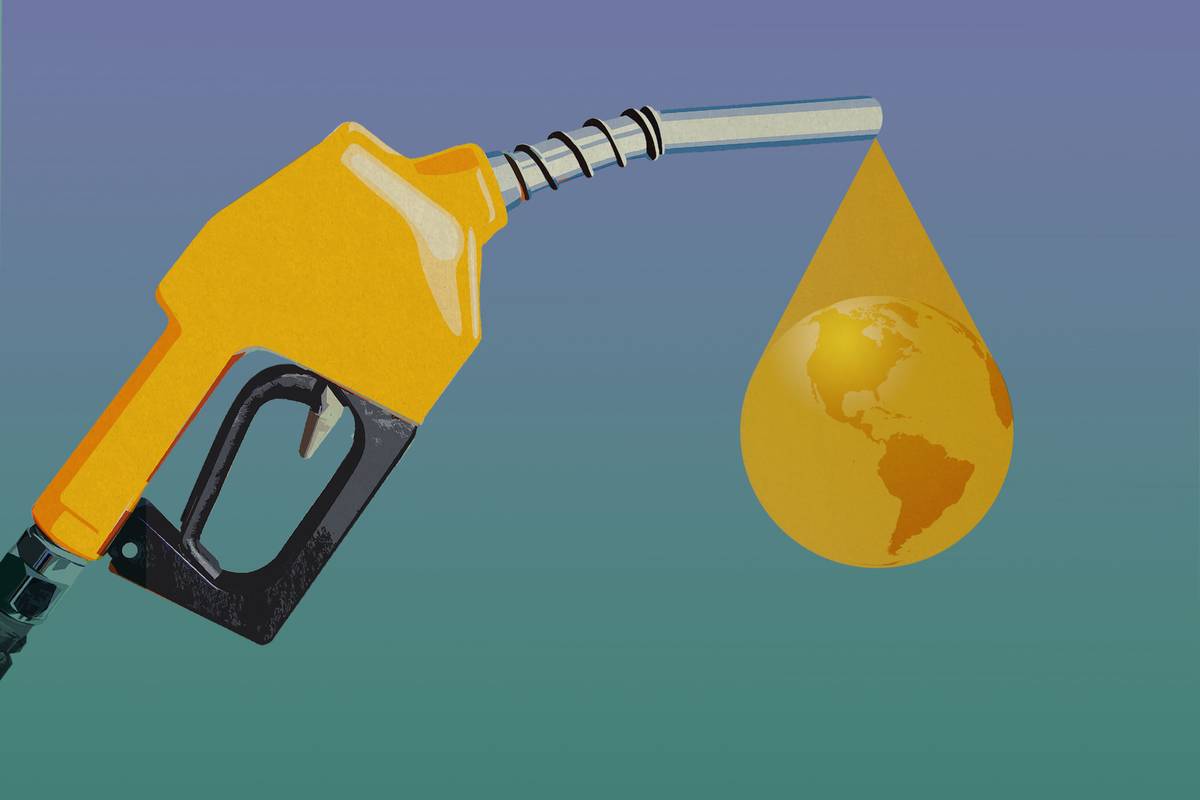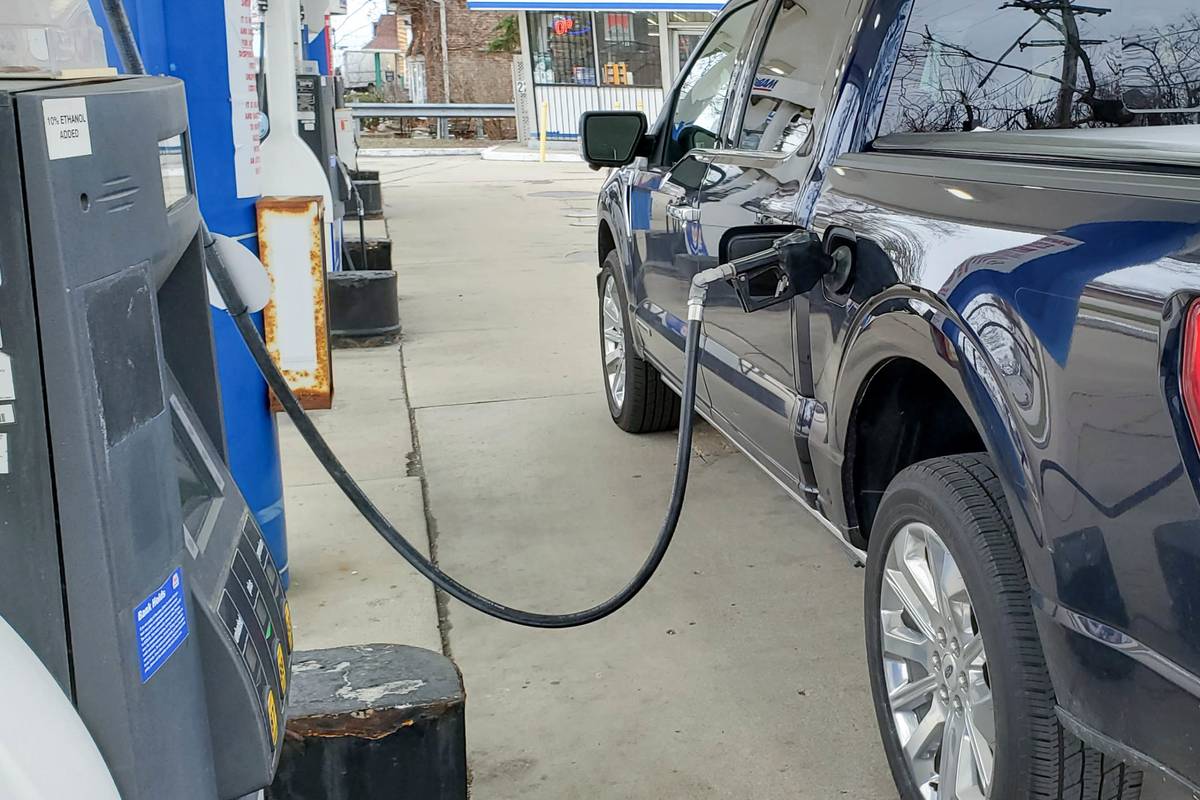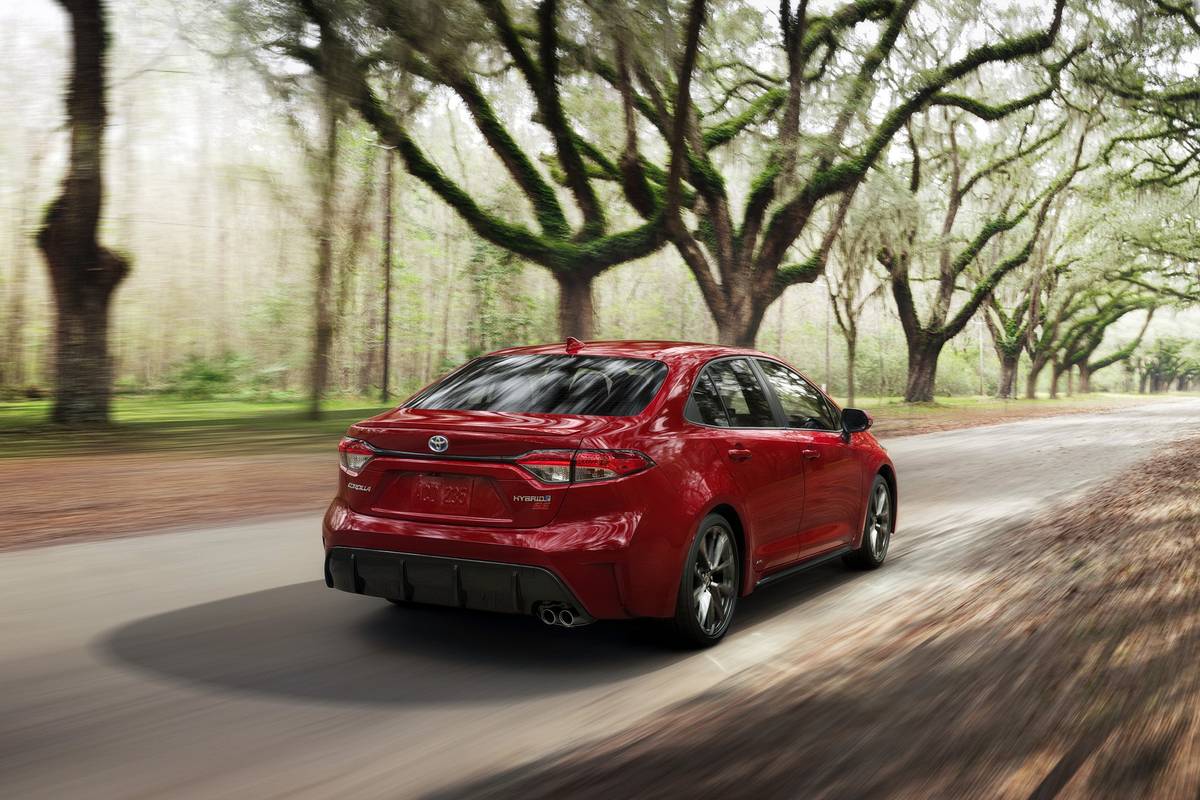Is There a Gas Shortage?


Unless you drive an electric vehicle, you’ve probably noticed that your fill-ups are taking a larger bite out of your monthly budget recently. On June 22, the national average for the price per gallon of regular gas was $4.96, according to AAA’s gas price tracker. The good news? That’s slightly down from $5.01 a week prior, and it’s the first time in months that prices have fallen below $5. The bad news? It’s still well above the $3.07 per gallon national average seen the same time in 2021.
If you’re in the market for a new car, you’re well aware that vehicle prices are up due to the ongoing inventory shortage — but is a gas shortage driving up prices at the pump?
Related: How to Save Money on Gas
The answer is straightforward: No.
According to AAA spokesperson Andrew Gross, “there is no gas shortage.” Gross noted in an email to Cars.com that “the U.S. has plenty of gasoline. However, the price is high because oil is the main ingredient, and it’s costly right now. For every $4.94 you pay for a gallon of gas, oil accounts for $3. Federal and state taxes are about 50 cents.”
So, Why Are Gas Prices High?

The main reason for higher fuel costs is the price of crude oil from which fuel is refined. As of May, the U.S. Energy Information Administration estimated crude oil accounted for 59% of the price of a gallon of regular gas; that’s up from 54% in 2021. As of June, the cost of a barrel of oil was around $120 — nearly double the price compared to August 2021, according to AAA. The fluctuating oil prices are determined by a delicate global balance of supply and demand.
Oil Demand Outpaces Supply
Gas prices first started rising because of tight oil supply amid quickly growing demand. Petroleum refineries were slow to ramp up after tapering production at the start of the pandemic, and as demand surged following relaxed pandemic restrictions, production failed to keep up; according to the Wall Street Journal, the market has lost about 1 million barrels of daily petroleum-refining capacity since early 2020.
Although the U.S. is the world’s largest producer of oil and processed petroleum, it’s also dependent on imports from other countries to meet demand. Russia’s invasion of Ukraine had an almost instant impact, as it pulled 3 million barrels of Russian oil per day from global supply, the Journal reports. Even though Russian oil accounts for only 8% of total U.S. imports, the country is one of the largest oil producers in the world and a major supplier for other nations. U.S. and European sanctions, along with a ban on oil imports from Russia, have caused a global supply shock.
Is a Diesel Shortage the Bigger Concern?
While limited oil supply is driving up the cost of regular gas, drivers of diesel vehicles may also have to contend with an actual shortage, according to Bloomberg. The East Coast could see diesel being rationed as the region’s stockpiles dropped to the lowest levels in decades and national inventories hit 17-year lows. The closure of the Philadelphia Energy Solutions refinery following an explosion in 2019 is partially to blame, according to the report. The refinery was a major supplier for the entire East Coast.
Even if you don’t drive a diesel-powered car, you’ll still feel the impact of the shortage, Time reports. Everything from container ships to delivery trucks and farm equipment relies on diesel, and a low supply means a spike in fuel prices and more expensive consumer goods.
Future Outlook

AAA’s tracker shows a downward trend in fuel prices in the days before this article published, but drivers shouldn’t count on seeing $3 per gallon on gas station signs any time soon. Higher gas prices are likely to stick around through 2023, according to EIA’s Short-Term Energy Outlook. The agency predicts that U.S. oil prices will remain at historically high levels and gas prices will remain volatile due to the unknown impact of sanctions on Russia’s oil production, production shifts from OPEC nations and the rate of domestic oil production. The outcome of these events will determine the trajectory of future gas prices.
EIA predicts U.S. drivers will see some relief from rising fuel prices in the coming months, however — just in time for summer road trips. In May, the average price per gallon of gas was $4.44, while diesel averaged $5.57 per gallon. EIA forecasts gasoline prices will drop to an average of $4.27 per gallon in the third quarter of 2022, and diesel is expected to hit an average of $4.78 per gallon.
The prices of gasoline aren’t very predictable, warns Gross.
“We don’t know what the price will do over the next few months. It depends on two key things: oil price and gasoline demand. Watch the price of oil because that is a critical determining factor.”
How to Save on Gas

Shoppers in the market for a new vehicle can pick from the most fuel-efficient vehicles to save at the pump. These include gas-only options like the Mitsubishi Mirage, which gets an EPA-rated combined 39 mpg, or hybrids like the Hyundai Ioniq, rated at up to 59 combined mpg. Drivers who would rather avoid the gas station entirely should consider affordable EVs including the Nissan Leaf or Chevrolet Bolt EV and Bolt EUV; the latter two recently received a significant price cut.
Buying a new vehicle isn’t the only way to keep more money in your pocket at the pump. Maximize your current car’s efficiency by removing excess weight from the cargo area, using cruise control on the highway, and taking it easy on the accelerator while limiting the top speed to reduce aerodynamic drag. Fuel economy also drops off significantly at speeds above 50 mph, according to AAA. Limiting your idling time and driving without blasting the air conditioning can also conserve fuel.
If your vehicle recommends but doesn’t require premium fuel, you can try mixing regular gas with higher-octane premium to save money. And for most vehicles, premium gas isn’t worth it: According to AAA’s research, unless premium fuel is recommended or required by your car’s manufacturer, it provides no added benefit. Before filling up, plan ahead and locate gas stations with the most affordable prices with the help of resources like the EPA’s gas price search tool and AAA’s app.
More From Cars.com:
- If My Car Recommends Regular Gas, Is It Good to Use Premium Occasionally?
- Coasting on Fumes: How Much Gas Is Really Left in Your Tank?
- 10 Best Cars for Road-Tripping on a Budget
- What Is Eco Mode?
Cars.com’s Editorial department is your source for automotive news and reviews. In line with Cars.com’s long-standing ethics policy, editors and reviewers don’t accept gifts or free trips from automakers. The Editorial department is independent of Cars.com’s advertising, sales and sponsored content departments.

Former News Editor Jane Ulitskaya joined the Cars.com team in 2021, and her areas of focus included researching and reporting on vehicle pricing, inventory and auto finance trends.
Featured stories




